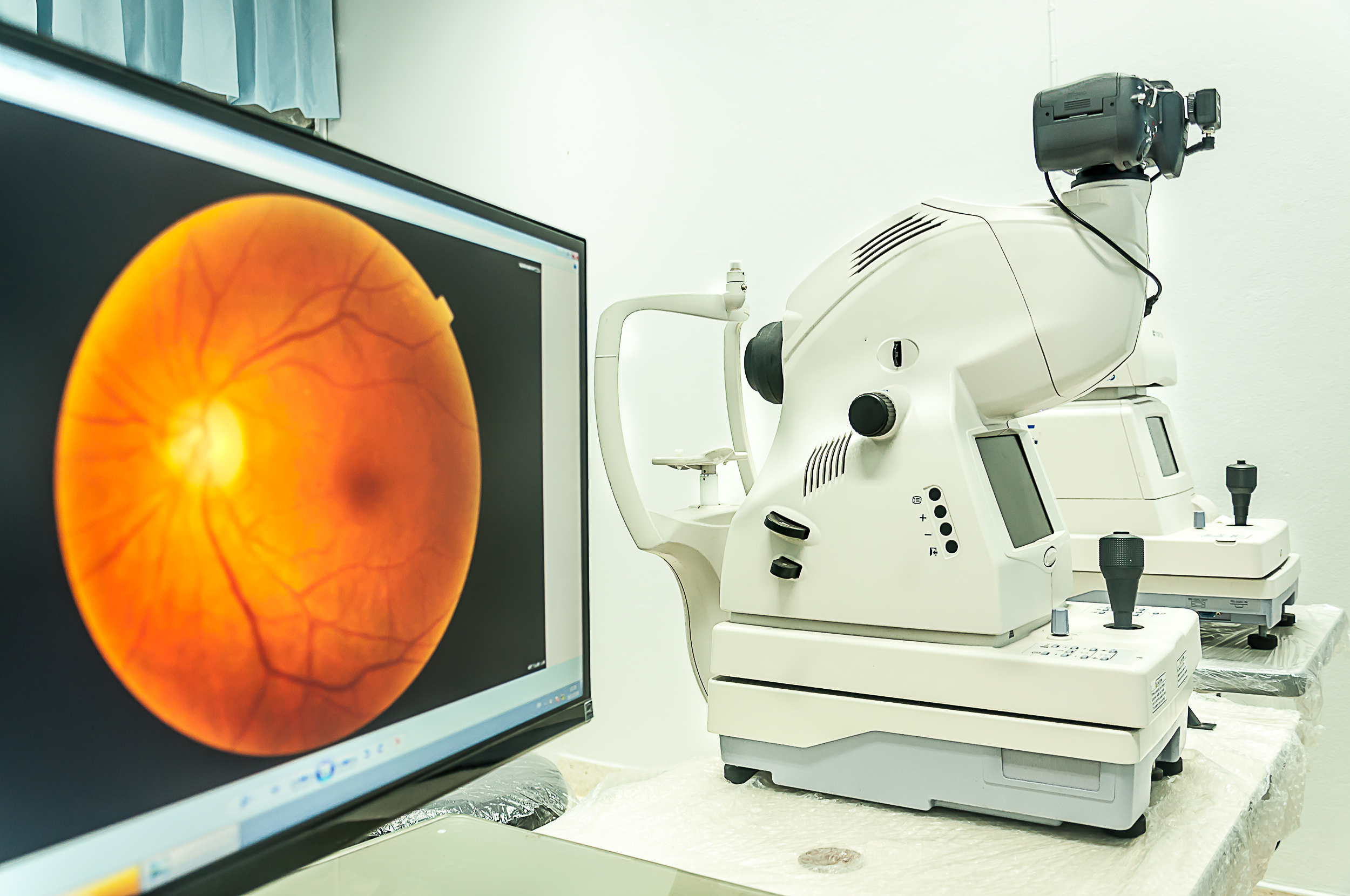Regener-Eyes® LLC, a leading name in the ophthalmic industry, is registered, regulated, inspected and in full compliance with all FDA regulations. Regener-Eyes® is dedicated to safety, quality, and compliance.
Tag: Opthalmalogy
jCyte Inc. Identifies Retinitis Pigmentosa Patients Most Likely to Respond in Planned Pivotal Study with jCell Therapy
jCyte’s presentation at ARVO 2021, demonstrated that retinitis pigmentosa patients treated with the 6 million cell dose of jCell therapy had significant gains in a broad range of visual function tests – BCVA, visual field (KVF), contrast sensitivity (CS), and low luminance mobility (LLMT) – all which measure important and different aspects of functional vision. jCyte also engaged the Cleveland Clinic to identify an anatomical biomarker for patient response to jCell therapy in retinitis pigmentosa, which will help guide the upcoming pivotal study.
Study in mice shows genes may be altered through drug repurposing
Researchers at the University of Illinois Chicago have published a study showing a promising approach to using drug repurposing to treat genetic diseases. A team from the UIC Department of Ophthalmology and Visual Sciences published the article, “Gene dosage manipulation alleviates manifestations of hereditary PAX6 haploinsufficiency in mice” in the journal Science Translational Medicine.
COVID-19 Found in The Cornea: Are Transplants a Transmission Risk?
A multi-institutional study finds that COVID-19 can be found in post-mortem corneal tissue, highlighting the importance of the donor screening process.
Researchers Say We’re Watching The World Go Blind
Three University of Michigan researchers say eye care accessibility around the globe isn’t keeping up with an aging population, posing challenges for eye care professionals over the next 30 years.
Weighing Risks and Benefits for Glaucoma Patients During COVID-19
Michigan Medicine ophthalmologists create a scalable algorithm for triaging appointments during the pandemic.
Research Teams Creates Device Bringing Precision Medicine to Field of Ophthalmology
Innovative device ensures doctors obtain adequate fluid samples from the eye, helping with diagnosis and individualized treatment plans for patients.
Researchers Discover Stem Cells in Optic Nerve that Preserve Vision
Researchers at the University of Maryland School of Medicine (UMSOM) have for the first time identified stem cells in the region of the optic nerve, which transmits signals from the eye to the brain. The finding presents a new theory on why the most common form of glaucoma may develop and potential for new therapies.
Researchers uncover a critical early step of the visual process
The key components of electrical connections between light receptors in the eye and the impact of these connections on the early steps of visual signal processing have been identified for the first time, according to research published today in Science Advances by The University of Texas Health Science Center at Houston (UTHealth).
Star-Shaped Brain Cells May Play a Critical Role in Glaucoma
After a brain injury, cells that normally nourish nerves may actually kill them instead, a new study in rodents finds. This “reactive” phenomenon may be the driving factor behind neurodegenerative diseases like glaucoma, a leading cause of blindness.
Press Registration for the ASRS 2020 Virtual Annual Meeting Now Open
The American Society of Retina Specialists (ASRS) invites members of the press to cover the latest advances in retina science and practice during its virtual 38th Annual Scientific Meeting July 24-26.
Ophthalmologists Zoom to Capitol Hill
More than 200 ophthalmologists from 40 states today are Zooming or teleconferencing with lawmakers and their staffs in Washington, D.C. to push for congressional support for measures that will help physician practices survive the COVID-19 pandemic and to restore patients’ timely access to sight-saving treatments.

Glasses to stop myopia are successful in multi-site trial
Glasses to stop myopia or nearsightedness in children have been shown to work in a multi-site trial of 256 children and will go on sale later this year outside the United States.

Keep your eye on not touching your eyes, handy tips from an ophthalmologist
MORGANTOWN, W.Va. – You’re not imagining things: it really is hard to stop touching your eyes, even though you know that’s important to preventing the spread of COVID-19. “We all touch our faces many times throughout any given day—be it…
First FDA-approved drug for thyroid eye disease effective regardless of age, gender
Teprotumumab, the first FDA-approved medicine for thyroid eye disease, provides significant improvement in eye bulging, regardless of patient gender, age or smoking status, according to a study accepted for presentation at ENDO 2020, the Endocrine Society’s annual meeting, and publication in a special supplemental section of the Journal of the Endocrine Society.
Loss of gland in eyelids may be a biomarker for elevated blood glucose in diabetes
In patients with diabetes, loss of the gland that helps lubricate the eye may be a sign of elevated blood glucose levels, according to research accepted for presentation at ENDO 2020, the Endocrine Society’s annual meeting. The study will be published in the Journal of the Endocrine Society.

For the evaluation and treatment of diabetic eye disease, ultra-wide field imaging techniques cannot be used interchangeably
Diabetic retinopathy can be diagnosed and graded with the use of a newer scanning technology called ultra-wide field (UWF) imaging, a system that generates high-quality pictures showing most of the retina. Research from the Joslin Diabetes Center’s Beetham Eye Institute has now shown that one technique, UFW fluorescein angiography, detects over three times more microaneurysms than UWF color imaging